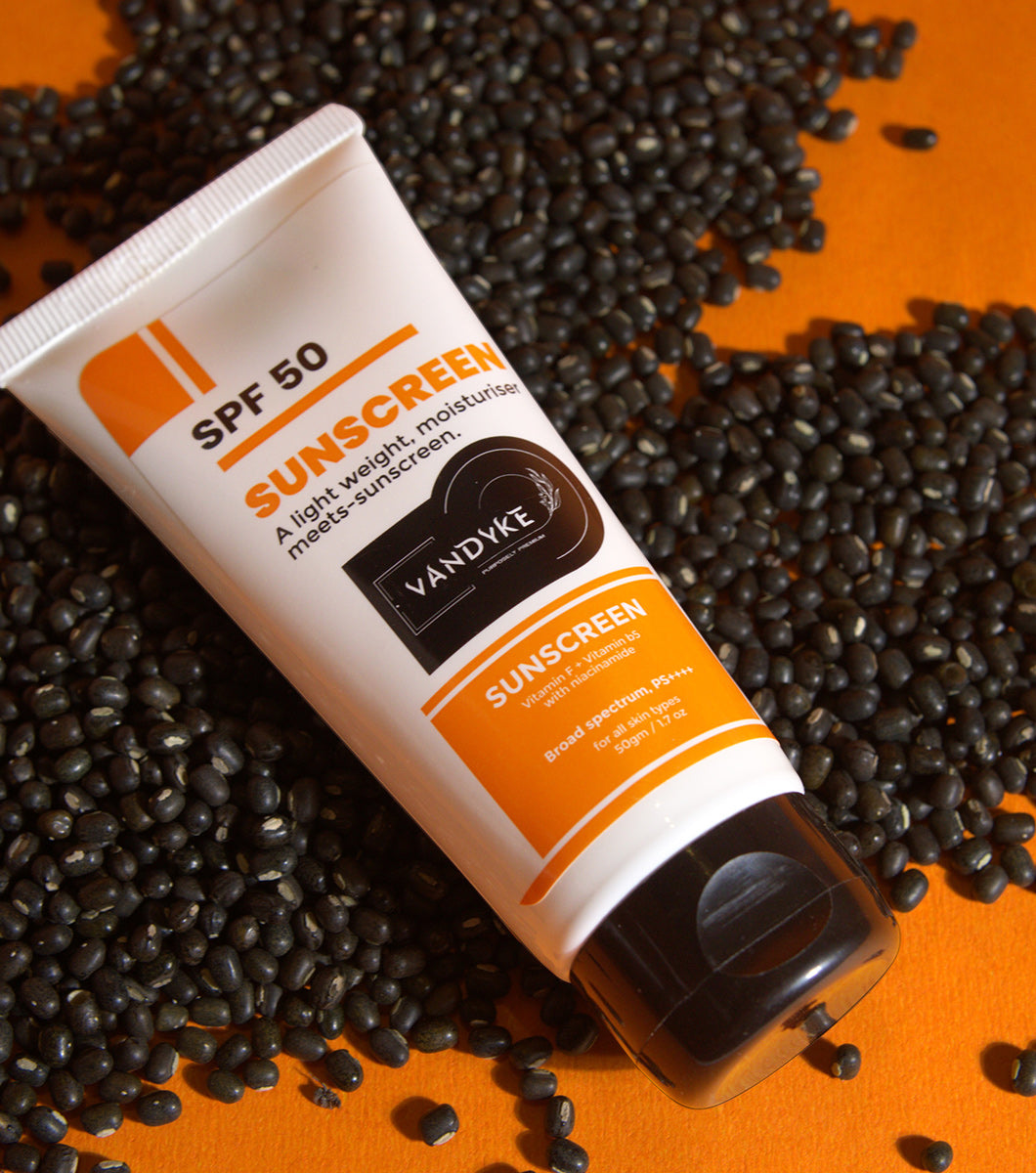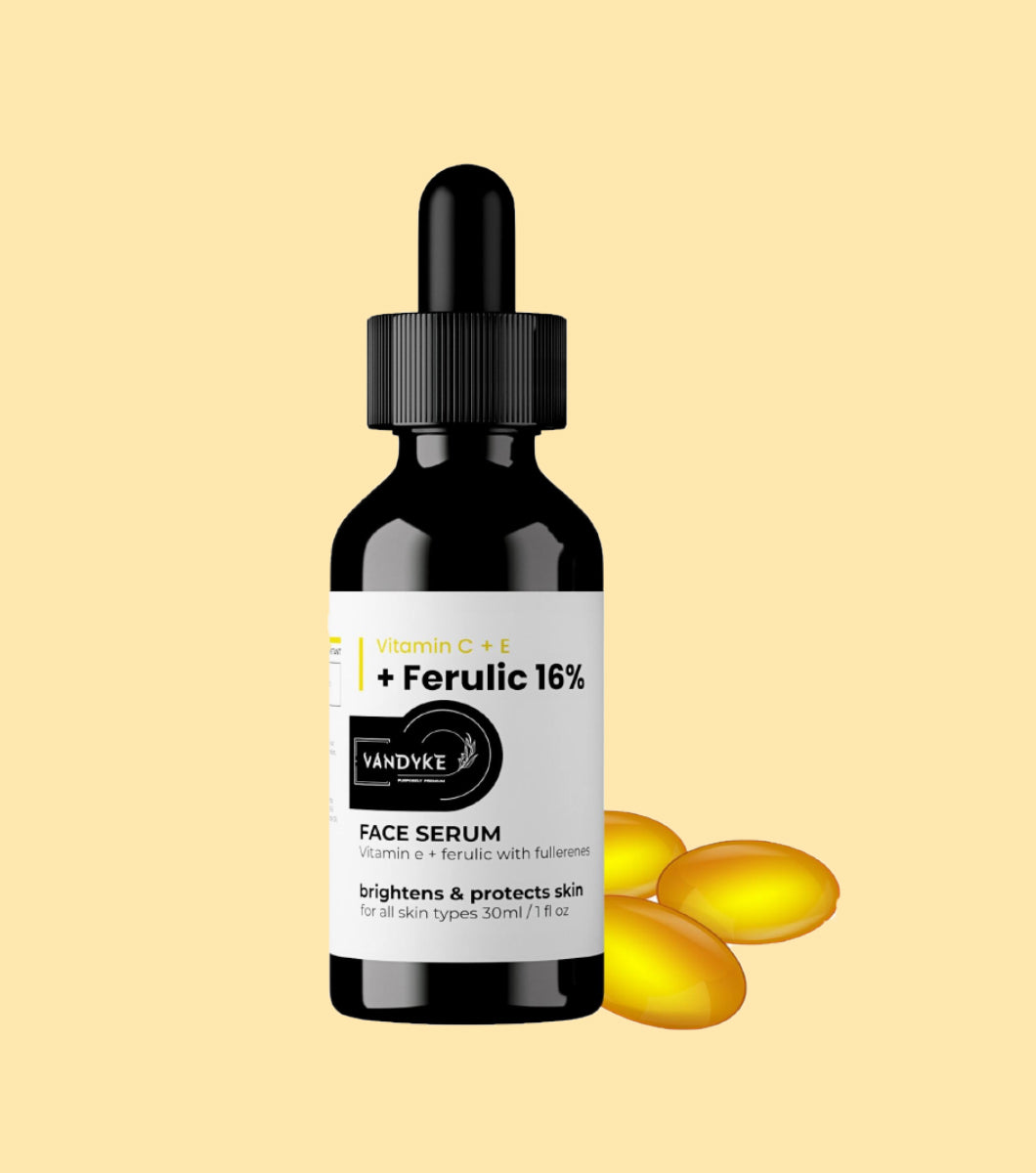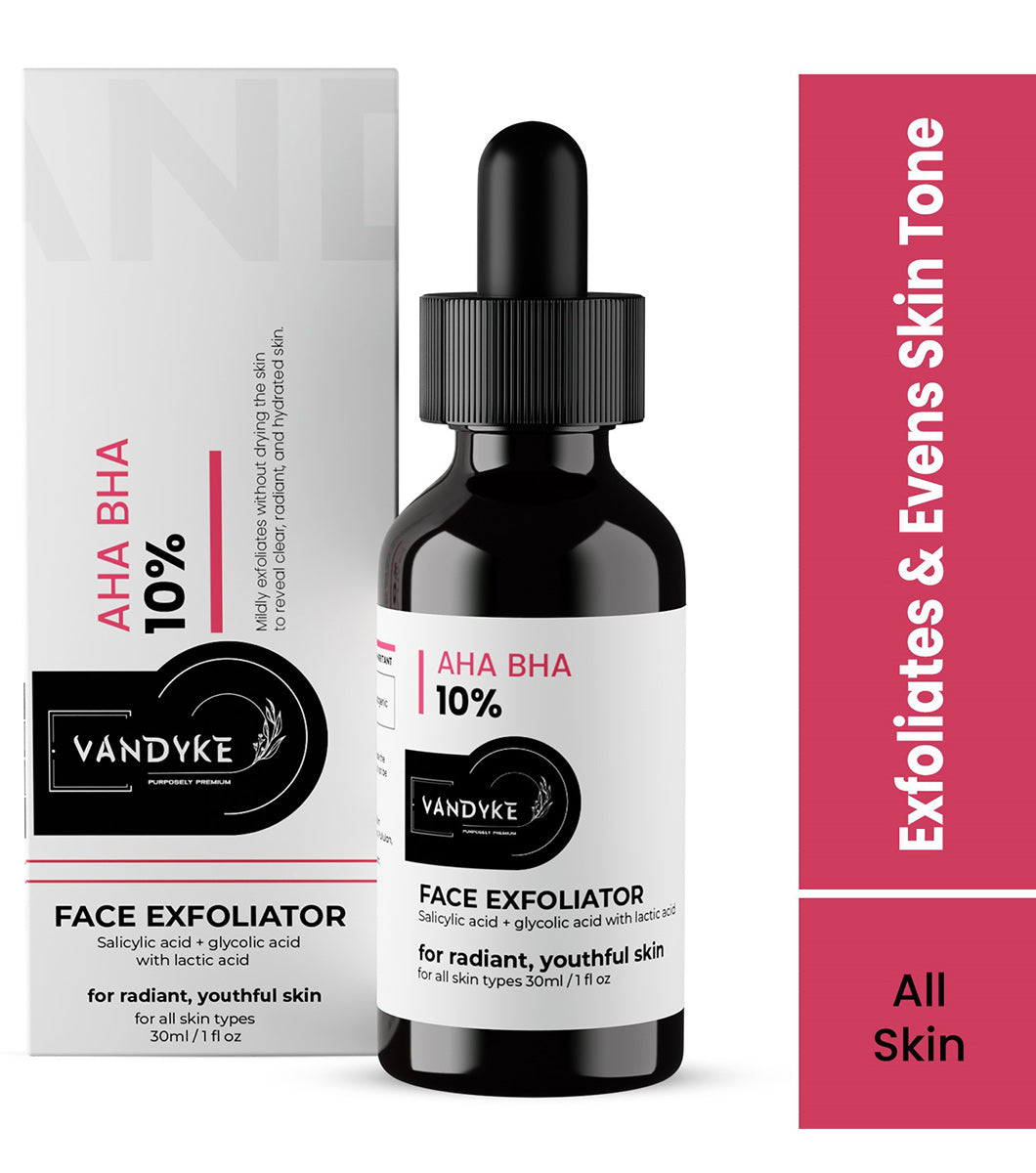
Squalane vs Salicylic Acid Which One is Right for Your Skin

Squalane vs Salicylic Acid Which One is Right for Your Skin?
Making the appropriate skincare selections for your skin’s specific demands is critical. Squalane and Salicylic Acid are two substances that have acquired prominence in the realm of skincare. Both have advantages, yet they serve distinct functions. Vandyke will investigate the features and benefits of these two skincare powerhouses in this guide to help you decide which one is best for your skin.
What is Squalane?
Squalane is a skincare product made from squalene, a natural chemical found in the sebum, or oil, of our skin. Squalane is a very stable and safe alternative to squalene, which is less stable and commonly derived from animal livers. It is frequently derived from plant sources such as olives. Squalane is well-known for its outstanding emollient qualities, which make it an effective skin moisturizer.
Skin Benefits
Squalane is an excellent hydrator that aids in moisture retention. It’s non-greasy and lightweight, making it suited for all skin types, especially sensitive and acne-prone skin. Squalane can enhance the texture, smoothness, and overall hydration of the skin.
If you are looking for a 100% squalane oil product then you can choose vandyke squalene 100% face oil for your skin.
What is Salicylic Acid?
Salicylic acid belongs to the beta-hydroxy acid (BHA) family and is recognized for its oil-soluble nature, which allows it to permeate deep into the pores. Because of this property, Salicylic Acid is extremely efficient in exfoliating the skin at a deeper level. It is a popular treatment for acne, blackheads, and whiteheads since it acts to unclog pores and produce smoother, clearer skin by eliminating dead skin cells and excess oil.
Skin Advantages
The key advantage of salicylic acid is its ability to unclog pores and exfoliate the skin. It aids in the removal of dead skin cells and the reduction of excess oil production. This makes it a popular substance for those who suffer from acne or pimples.
If you are looking for a product containing the salicylic acid then you can choose vandyke salicylic acid 02% face serum for your skin. And you can also choose vandyke 1% salicylic acid gel face wash for your face.
Comparing Squalane and Salicylic Acid
Now that we’ve covered the basics of these two compounds, let’s evaluate them based on a variety of criteria to see which one best meets your skincare requirements.
Skin Type Compatibility
Squalane
Squalane is a highly adaptable skincare component that is good for all skin types. It’s especially useful for the following:
- Dry Skin
Squalane’s deep moisturizing characteristics are beneficial to dry skin, reducing dryness and flakiness.
- Sensitive Skin
Squalane is soft and well-tolerated by sensitive skin, making it a perfect solution for people who experience discomfort.
- Mature Skin
Its hydrating properties are especially beneficial to aged skin, as they assist to preserve suppleness and counteract indications of aging.
What’s more, Squalane is non-comedogenic, which means it won’t clog pores, making it a safe choice for the majority of people.
Salicylic Acid
Salicylic Acid is best suited for those with the following skin types and concerns:
- Oily Skin
Salicylic Acid is very beneficial for people with greasy or acne-prone skin. It penetrates deeply into pores, assisting in their unclogging and preventing outbreaks.
It may, however, not be the best solution for:
- Sensitive Skin
Salicylic acid might be too abrasive for delicate skin / sensitive skin, causing inflammation.
- Dry Skin
It might be too drying for people who have dry skin, worsening dryness and flakiness.
Incorporating these substances based on your specific skin type and issues will help you obtain the greatest outcomes and keep your skin healthy and vibrant.
Benefits of Squalene and Salicylic Acid
In skincare, squalane and salicylic acid perform various functions:
Squalane
- Primary Benefit
It improves skin texture and luminosity by providing strong hydration and moisture retention.
- Acne and Blemish Control
While it is not a direct acne therapy, its moisturizing characteristics assist to maintain a balanced complexion, which benefits acne-prone skin indirectly.
- Texture and Application
Lightweight, readily absorbed, and non-greasy. It’s offered as an oil or a serum.
- Sensitivity and Irritation
It is well-tolerated and seldom irritates the skin, making it excellent for delicate skin.
Salicylic Acid
- Primary Benefit
It works well for exfoliating, removing dead skin cells, unclogging pores, and minimizing acne outbreaks.
- Acne and Blemish Control
A key element in the treatment of acne, blackheads, and whiteheads.
- Texture and Application
Available in a variety of product kinds, it can be applied as a thin coating to particular parts of the face or all over the face.
- Sensitivity and Irritation
If used excessively or in high doses, it might cause dryness, redness, or peeling. It is best to start slowly and with lesser quantities, especially if you have sensitive skin.
Choosing the Right Ingredient for Your Skincare Routine
Selecting the Best Ingredient for Your Skincare Routine
Choose Squalane If
- You have dry or sensitive skin that requires intense moisturizing.
- Your major objective is to keep your skin supple and avoid moisture loss.
- You’re seeking an all-purpose moisturizer.
Choose Salicylic Acid If
- You have oily, acne-prone skin that is prone to blemishes.
- Your primary goal is to clear pores and reduce acne outbreaks.
- You are willing to add an exfoliation step to your routine.
Conclusion
Squalane and Salicylic Acid are both significant skincare components, however they have different functions. You can make an informed choice between these two powerhouses if you understand your skin type and unique issues. Whether you choose Squalane for deep hydration or Salicylic Acid for acne treatment, remember that consistency in your skincare regimen is essential for getting the desired effects.





































